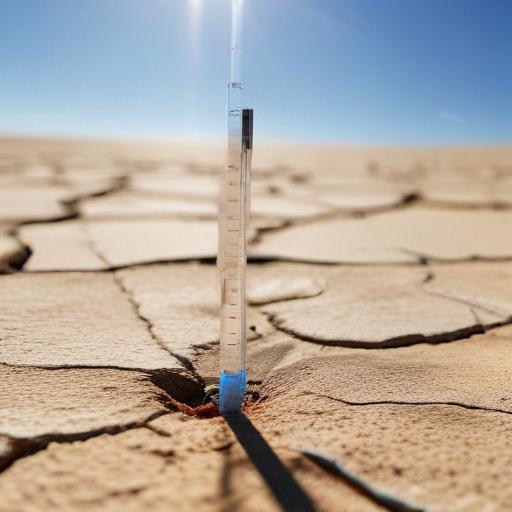The intense heat currently affecting much of the central United States is expected to shift eastward as the weekend approaches, according to meteorologists. As of Thursday, more than 130 million Americans across 20 states are under heat alerts, with parts of the Midwest, notably the Corn Belt, experiencing elevated temperatures for several consecutive days.
Forecasters indicate that Thursday’s temperatures could soar 10 to 15 degrees above the seasonal average, with “feels-like” temperatures surpassing 100 degrees in various areas. The Mississippi Valley is predicted to continue facing temperatures above 90 degrees and humidity that feels even more oppressive due to the phenomenon known as “corn sweat.”
Corn sweat occurs when heat causes moisture released from corn plants to increase humidity levels, raising the perceived temperature. Iowa’s climatologist, Justin Glisan, explains that an acre of corn can emit around 4,000 gallons of water daily, significantly contributing to the discomfort felt in the region. With approximately 13 million acres of corn in Iowa, the impact of this phenomenon is substantial.
The situation is aggravated by a heat dome, which is a weather event characterized by high pressure systems trapping hot air over a specific area. These can persist for extended periods and affect multiple states, leading to prolonged episodes of extreme heat.
This extreme weather serves as a reminder of the ongoing challenges posed by climate-related phenomena. As communities brace for the rising temperatures, understanding the scientific principles behind such events enhances our preparedness and resilience in the face of heat-related challenges.
